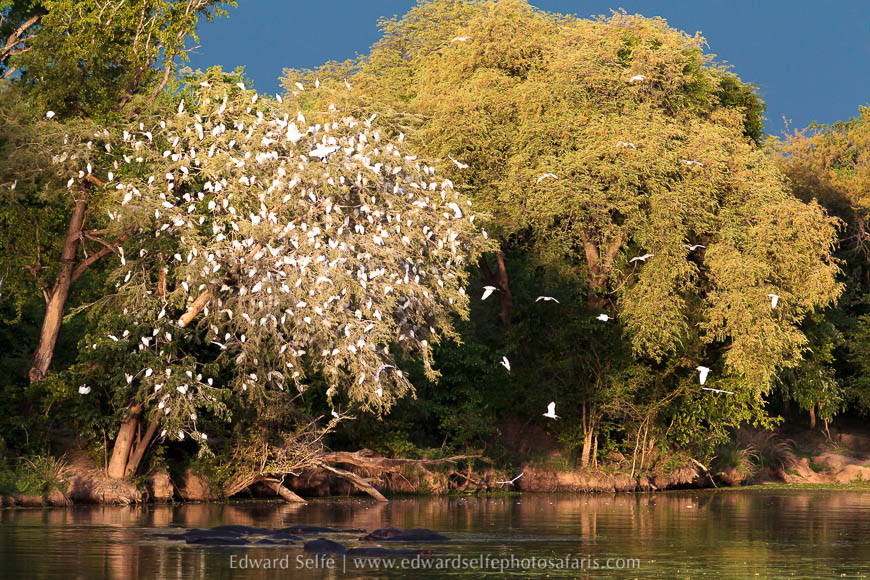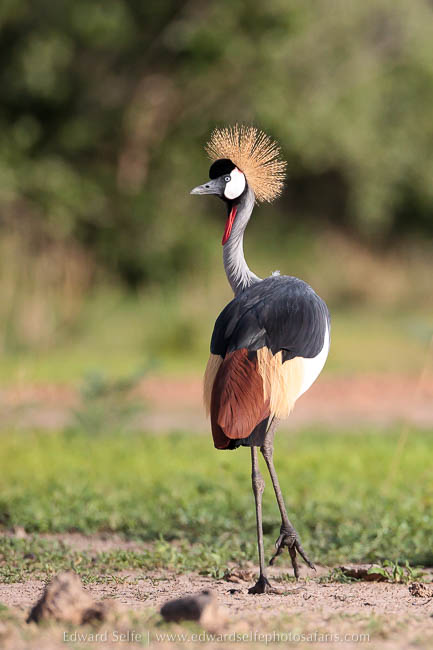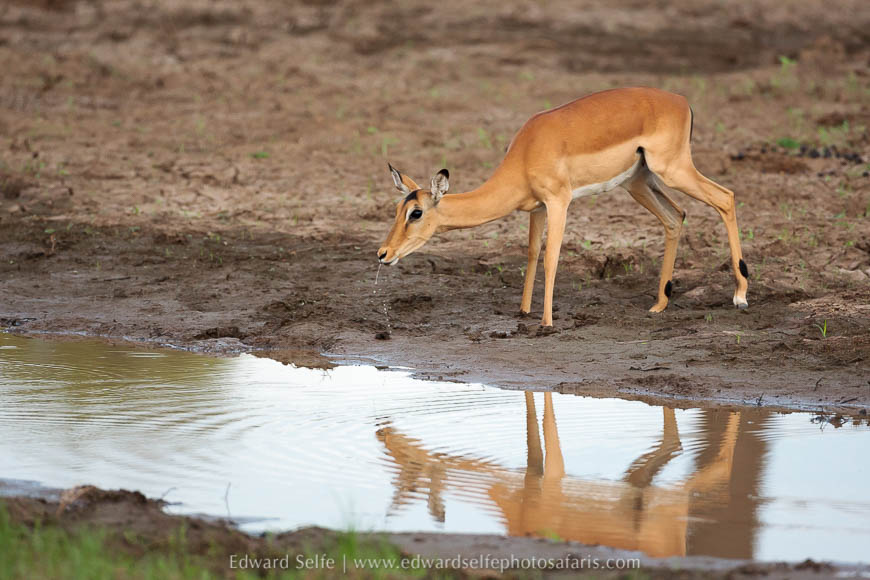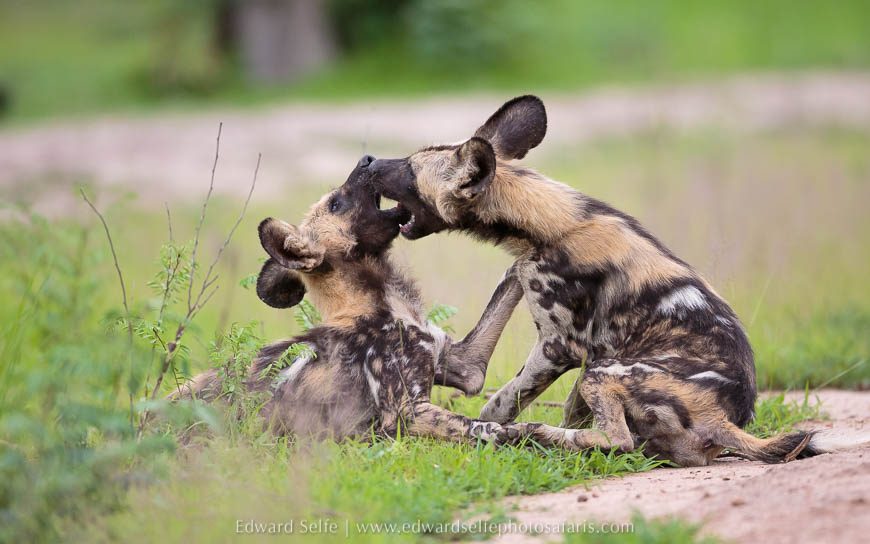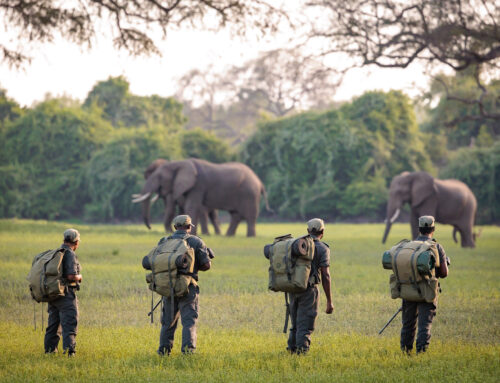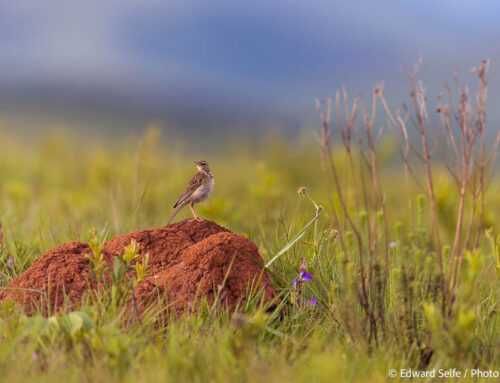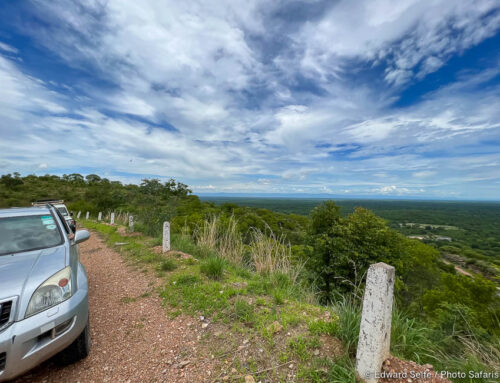December, the month that hosts Christmas, reindeer and visions of robins on snow-capped fence-posts in some parts of the world, is one of the richest and most vibrant times in Luangwa. The rains have almost certainly arrived and the regeneration of the bush is in full swing.
As the grass grows back, the scrub pushes out new leaves and the bush suddenly becomes “opaque”. Where before it was possible to see long distances through the wiry, skeletal bushes, the new growth obscures everything. Combretum bushes grow at an astonishing rate, sending long, spiny branches across the roads and game trails.
With puddles of water lying across much of the park, sightings of game are spread out across the whole region. Which makes a drive in the National Park a pleasure; any route you take will lead you past foraging families of elephants, through herds of impalas with lambs at heel or couched in protective creches.
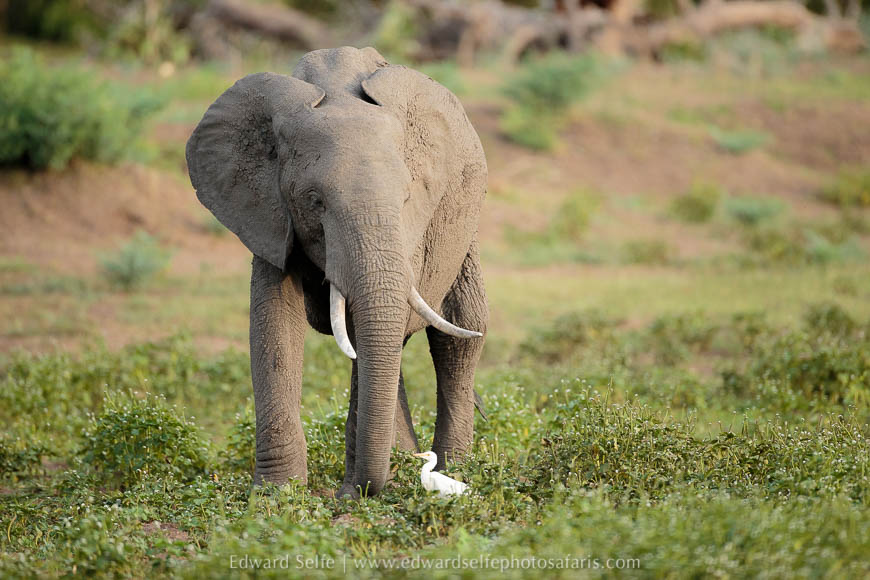
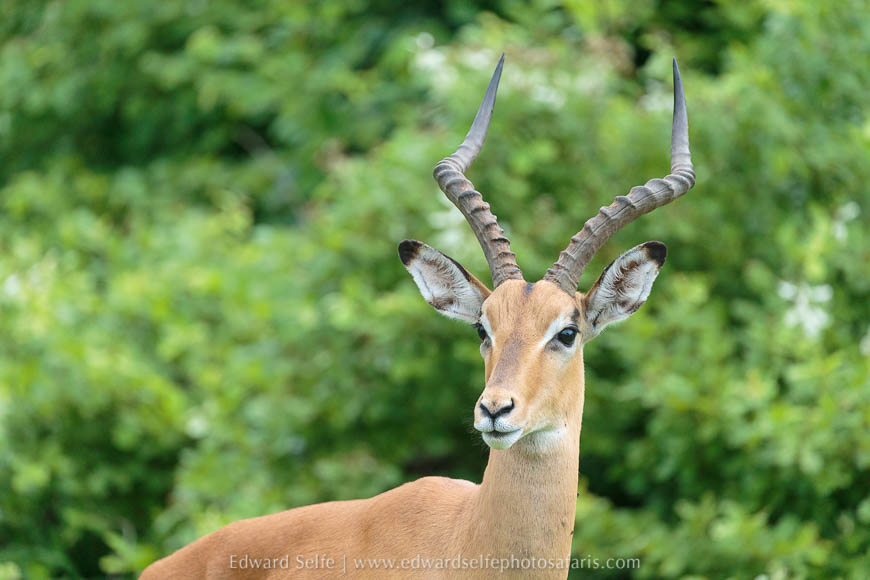
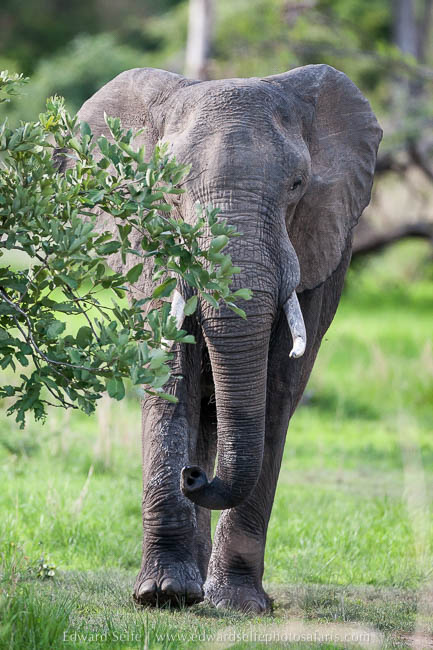
There is fierce competition to reproduce in these months of abundance. Birds, some resident and some seasonal immigrants, begin frantic territorial advertising, mate selection and breeding in the hope of raising their chicks while food stocks of insects, frogs and invertebrates last. Among the noisiest and most noticeable are the woodland kingfishers, visiting from the central African rainforests, which come to the region to breed.
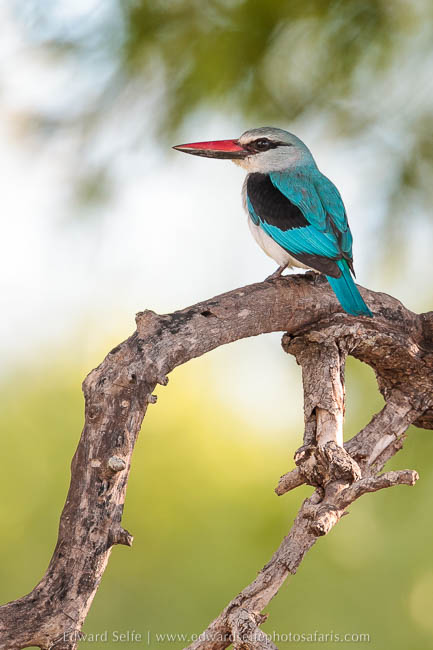
Predators are still to be found in good numbers. Leopards are territorial so show up in their normal ranges, and lions are still around, drawn by the abundance of impala lambs which make for easy pickings, especially at night.
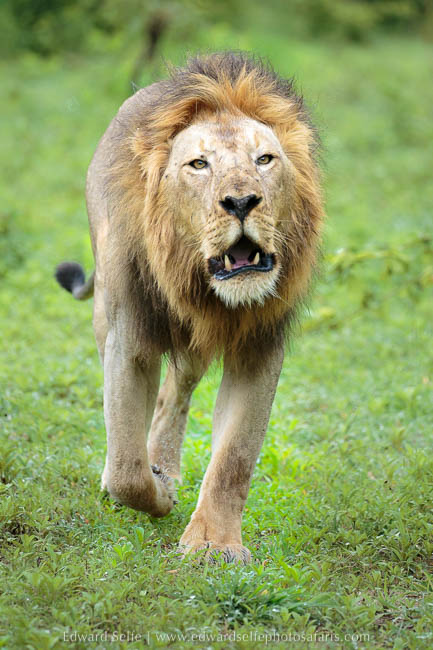
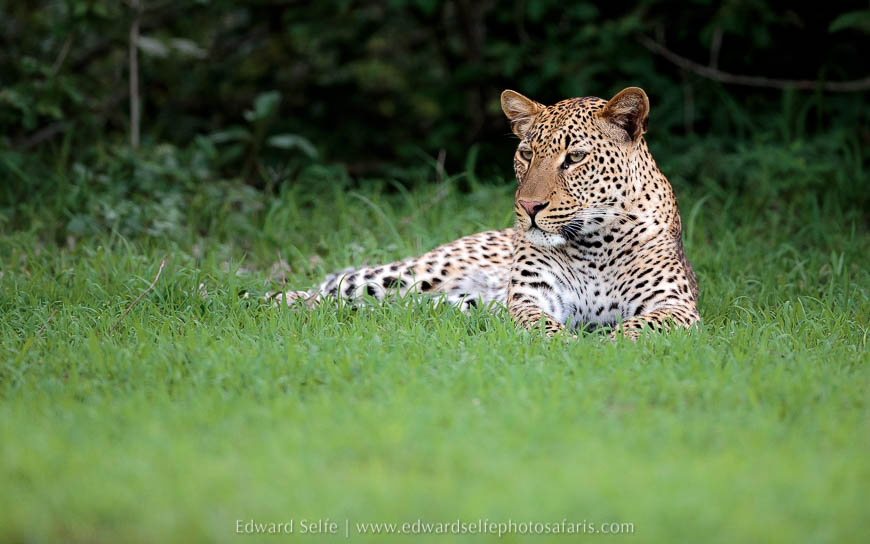
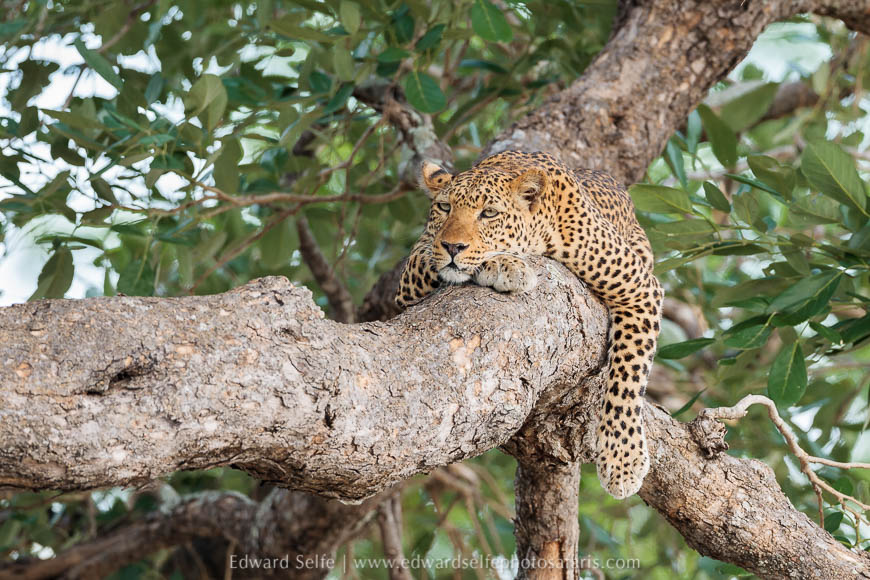
In some years, when the rains come late, December can be a challenging time. This year, the rains have come steadily but there are still areas where the grass has grown only slowly and animals are still scouring the lowest lying areas for forage. Sometimes this brings together the largest of Luangwa’s residents!
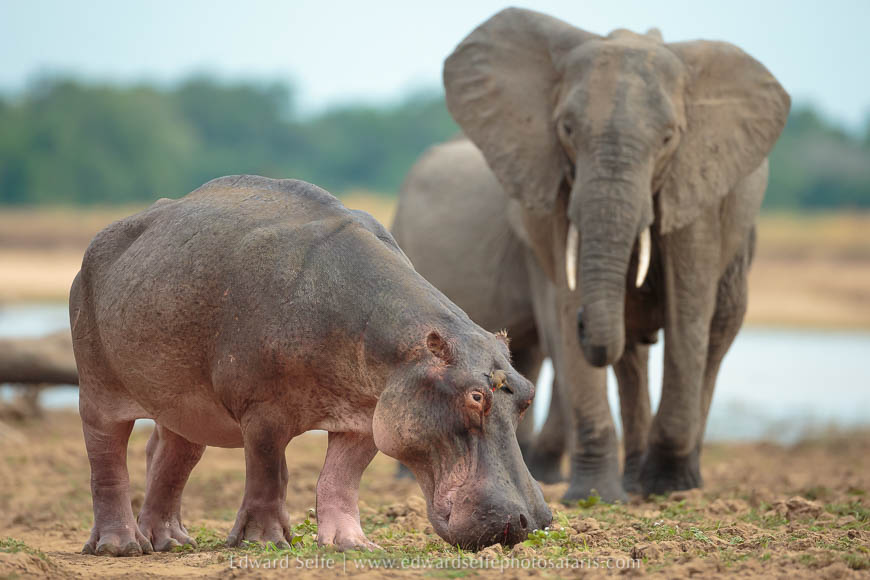
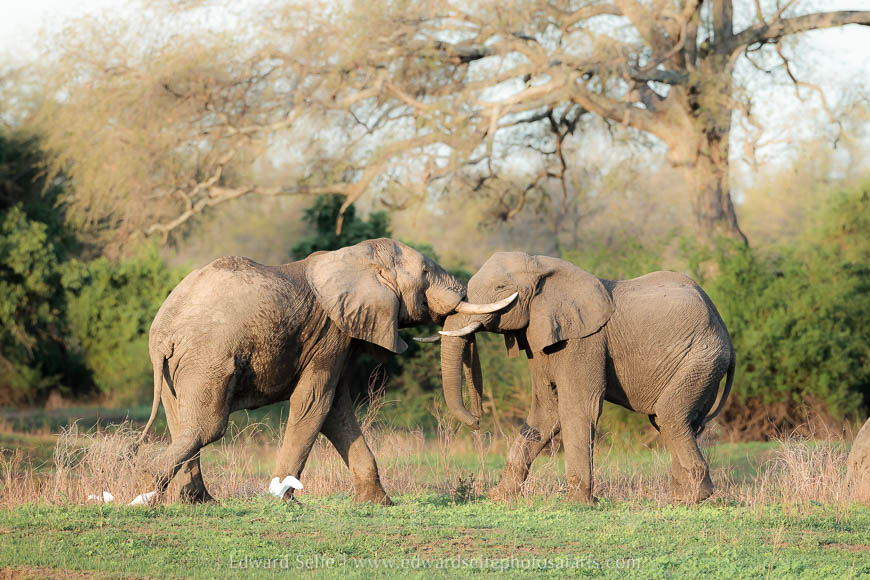
As the seasons change, and the desperate dry gives way to verdant green, the park becomes a place of promise and excitement, as baby elephants start to appear in large numbers, impalas, which have been thin and mangy develop shiny, lustrous coats and the muscular, orange necks of giraffes bob up and down in between thick bushes.
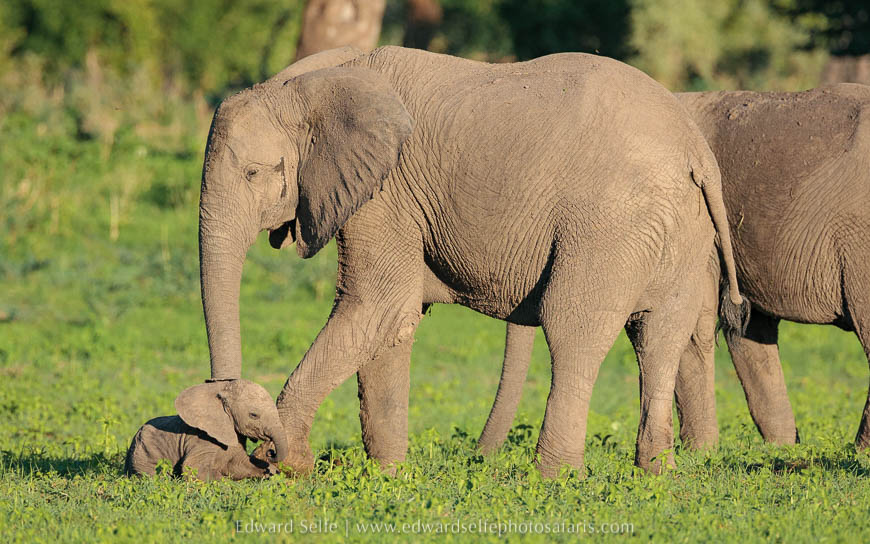
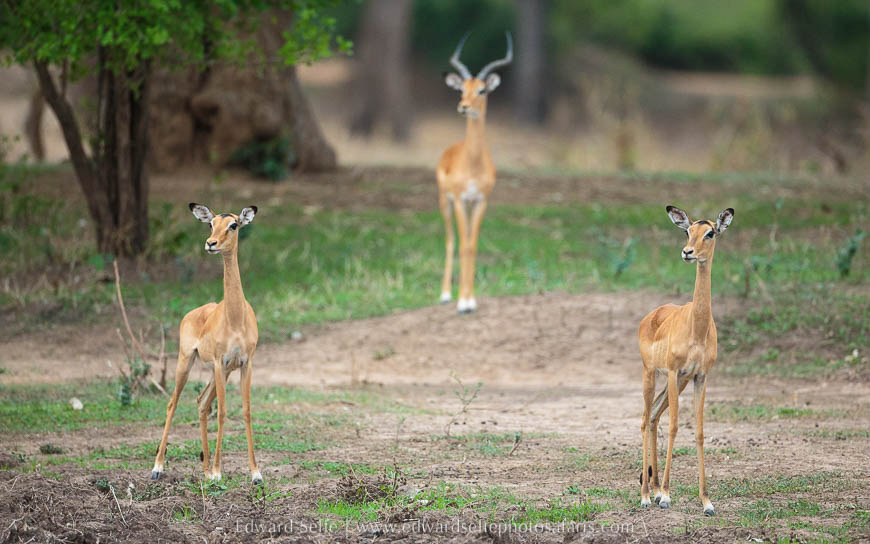
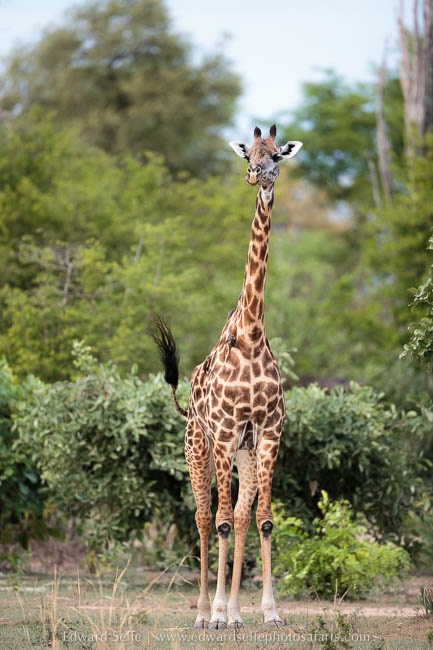
It’s certainly true that the rainy season does not have the density of game sightings that the dry season offers, but if you are prepared to drive the roads and enjoy what comes along, there is much to celebrate in this special season.
